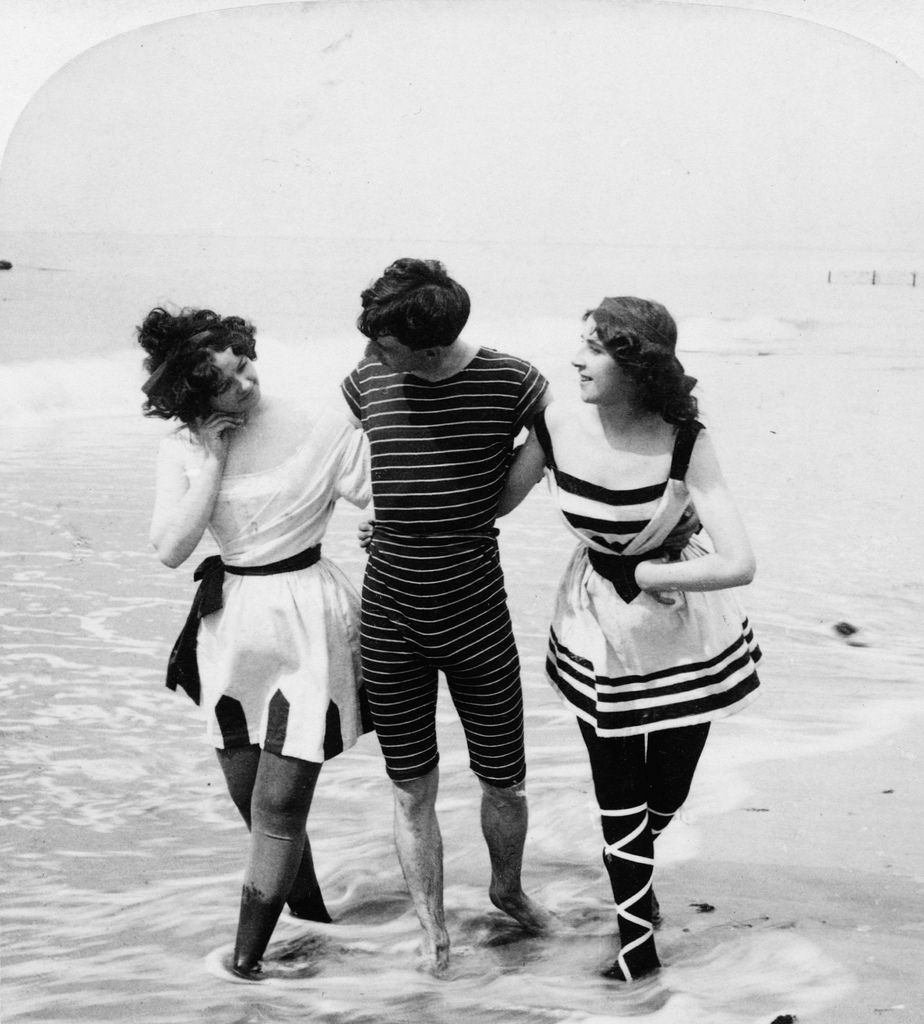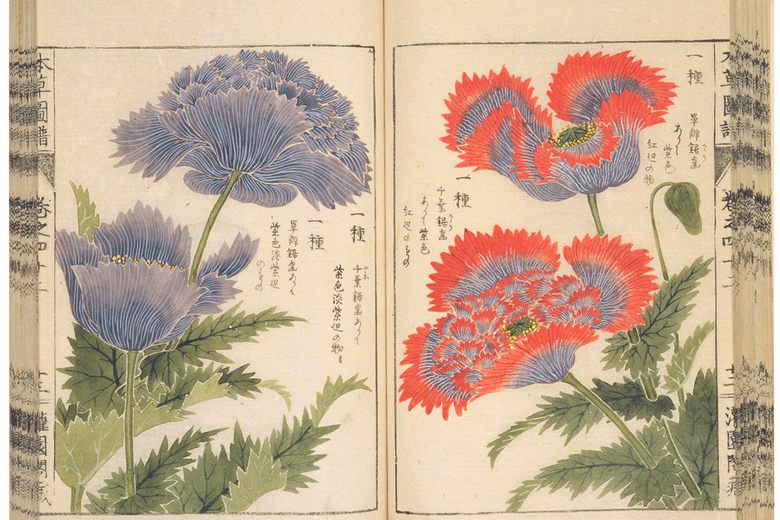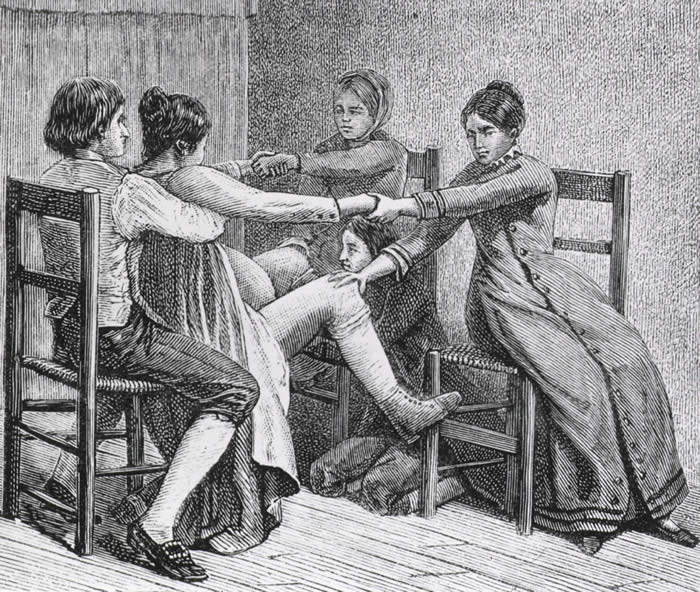Welcome to 19th Century, the blog where we explore the rich and diverse world of art during this captivating era. In this article, we delve into the fascinating world of Indian painters of the 19th century, shedding light on their unique perspectives and artistic contributions. Join us on a journey that intertwines culture, history, and creativity.
Indian Painters: Unveiling the Artistic Splendor of the 19th Century
Indian Painters: Unveiling the Artistic Splendor of the 19th Century
The 19th century witnessed a remarkable artistic revolution in India, as Indian painters began to embrace new techniques and styles while also staying true to their cultural heritage. Indian painters during this period produced some of the most exquisite and visually captivating artworks that continue to be admired to this day.
One of the key factors that contributed to the flourishing art scene was the impact of British colonial rule in India. The British brought with them a new perspective on art, which influenced Indian painters and exposed them to different artistic traditions and techniques. At the same time, Indian painters were determined to preserve their own unique artistic identity and express their rich cultural heritage through their works.
The artistic splendor of 19th-century Indian painters is evident in their use of vibrant colors, intricate detailing, and profound storytelling. They drew inspiration from various sources, including mythology, literature, religion, and everyday life. The themes depicted in their paintings ranged from epic tales and mythical characters to portraits of royalty and ordinary people engaged in daily activities.
Raja Ravi Varma, often considered the pioneer of modern Indian art, played a pivotal role in shaping the art scene during this period. His realistic and evocative style, combined with his ability to capture emotions and expressions, set new standards for Indian painters. Varma’s paintings had a significant impact on the portrayal of women in Indian art, as he depicted them with grace, dignity, and beauty.
Another influential artist of the 19th century was Abanindranath Tagore, who founded the Bengal School of Art. Tagore sought to revive traditional Indian art forms while incorporating contemporary elements. His emphasis on Indian mythology and spiritual themes brought a sense of mysticism and depth to his paintings.
The works of Indian painters from the 19th century continue to inspire and captivate art enthusiasts around the world. Their artistic prowess, attention to detail, and ability to weave stories through brushstrokes exemplify the richness of Indian art during this era.
Indian painters of the 19th century left an indelible mark on the art world with their unique blend of traditional and modern influences. Their art reflects the cultural diversity and mastery of technique, making it a testament to the artistic splendor of this period.
The Outcast Artists: America’s Most Underrated Painters | Perspective
FAMOUS PAINTINGS in the World – 100 Great Paintings of All Time
Who is the most renowned Indian artist in the 19th century?
Raja Ravi Varma is considered the most renowned Indian artist of the 19th century. He was known for his realistic and vibrant paintings, which often depicted mythological and historical themes. Ravi Varma’s work had a significant impact on the art scene in India during that time, and he is widely regarded as one of the pioneers of modern Indian art. His style, which combined European academic techniques with traditional Indian aesthetics, was highly influential and set a new standard for Indian artists.
What are the names of two famous Indian painters?
Two famous Indian painters from the 19th century are Raja Ravi Varma and Abanindranath Tagore.
Who is the most renowned female Indian painter?
Raja Ravi Varma is considered to be the most renowned female Indian painter of the 19th century. She was known for her exceptional talent and skill in the field of art. Her exquisite paintings, mostly depicting mythological figures and scenes from Indian epics, gained widespread recognition and acclaim. Raja Ravi Varma’s work played a significant role in popularizing Indian art and showcasing its rich cultural heritage to the world.
Which of the following is a renowned Indian painter?
Raja Ravi Varma is a renowned Indian painter from the 19th century. He is considered one of the greatest painters in Indian history and is known for his realistic depictions of mythological and historical themes. Varma’s work played a crucial role in shaping the visual culture of India during that time period. His use of vibrant colors, attention to detail, and unique style made him a pioneering figure in the world of Indian art. Raja Ravi Varma’s paintings continue to be celebrated for their beauty and artistic merit even today.
Frequently Asked Questions
Who were some notable Indian painters of the 19th century?
Some notable Indian painters of the 19th century include:
1. Raja Ravi Varma: He is considered one of the most important Indian painters of the 19th century. He was known for his realistic and vivid portrayals of Indian mythology and Indian nobility.
2. Abanindranath Tagore: A prominent member of the Bengal School of Art, Abanindranath Tagore played a crucial role in reviving traditional Indian art forms. He is known for his use of bold colors and incorporation of Indian folktales in his paintings.
3. Jamini Roy: Known for his distinctive style that combined elements of traditional Indian folk art with modernist influences, Jamini Roy’s paintings often depicted scenes from rural Bengal. His work focused on simplicity and capturing the essence of the subject matter.
4. Amrita Sher-Gil: Considered one of India’s greatest painters, Amrita Sher-Gil was known for her bold and emotionally charged portraits. Her work often explored themes of gender, identity, and the lives of rural Indians.
5. Nandalal Bose: Another prominent figure in the Bengal School of Art, Nandalal Bose played a significant role in merging Indian miniature painting traditions with modern art techniques. He was known for his depictions of Indian history, mythology, and daily life.
These artists made significant contributions to Indian art during the 19th century, enriching the cultural landscape and leaving a lasting impact on future generations of artists.
What were the major themes and subjects depicted by Indian painters during the 19th century?
Indian painters during the 19th century depicted a variety of themes and subjects in their artwork. These included:
1. Portraits: Many Indian painters focused on capturing the likeness of individuals, including kings, queens, and prominent figures of the time. These portraits often emphasized the status and authority of the sitter.
2. Religious and mythological scenes: Indian painters drew inspiration from Hindu epics and mythology, depicting stories from the Ramayana, Mahabharata, and other religious texts. These artworks often featured gods, goddesses, and legendary characters.
3. Landscape paintings: Some artists were influenced by European painting styles and began depicting Indian landscapes, including mountains, rivers, and serene pastoral scenes. These paintings aimed to capture the beauty of the Indian subcontinent.
4. Daily life: Indian painters also depicted scenes from everyday life, showcasing various activities such as marketplaces, festivals, and rural scenes. These paintings offered a glimpse into the cultural and social aspects of Indian society during that time.
5. Company School paintings: With the arrival of the British East India Company, a new genre known as “Company School” emerged. These paintings portrayed the interactions between Indian and British individuals, showcasing the influence of the British on Indian culture.
6. Historical events: Some painters depicted important historical events, both from Indian history and British colonial rule, highlighting significant moments such as battles, victories, and key political developments.
These themes and subjects represented the diverse interests and influences on Indian painters during the 19th century, reflecting both traditional Indian art forms and the impact of Western techniques and subjects.
How did the arrival of British colonial rule affect the development of Indian painting in the 19th century?
The arrival of British colonial rule had a significant impact on the development of Indian painting in the 19th century. The British brought with them their own artistic traditions and styles, which inevitably influenced the local art scene.
One of the most notable changes was the introduction of oil painting techniques and academic realism by British artists. This marked a departure from the traditional methods and subjects that were prevalent in Indian painting. The British also encouraged the establishment of art schools, such as the Calcutta School of Art, which championed Western-style painting.
Indian artists, influenced by the British, began to incorporate elements of Western techniques and styles into their work. They started experimenting with perspective, shading, and depth, which were integral to the Western artistic tradition. This resulted in a fusion of Indian and European aesthetics, creating a new genre known as the “Company School.”
Another significant impact of British colonial rule was the patronage system. Wealthy British officials and merchants became patrons of Indian artists, commissioning portraits and landscapes that aligned with their tastes. This led to a shift in subject matter, with a greater emphasis on depicting the British presence in India and the colonial landscape.
However, it is important to note that not all Indian artists embraced the Western influence. Some artists, particularly those associated with the Bengal School of Art, sought to revive and promote traditional Indian painting styles, rejecting the European aesthetic. These artists emphasized the use of indigenous materials, techniques, and themes rooted in Indian culture.
The arrival of British colonial rule in the 19th century had a dual effect on the development of Indian painting. While it introduced new techniques and styles through the patronage system and art schools, it also motivated some artists to resist the Western influence and revive traditional Indian painting practices.
The Indian painters of the 19th century played a crucial role in defining the artistic landscape of their time. Their exceptional skills and techniques not only captured the essence of Indian culture and traditions but also provided insight into the social and political climate of the era. These remarkable artists were able to navigate the changing dynamics of colonialism while preserving their unique artistic identity.
Through their masterful brushstrokes, these painters brought to life vibrant scenes of everyday life, mythological tales, and historical events. Their works were not only appreciated within India but also gained recognition on an international stage. It is through their art that we are able to glimpse into the rich history and diverse cultural heritage of 19th century India.
Their contribution to the Indian art scene continues to inspire contemporary artists and art enthusiasts alike. The legacies of eminent painters like Raja Ravi Varma, Abanindranath Tagore, and Jamini Roy endure to this day, serving as a reminder of the immense talent and creativity that flourished during this period.
The art of these Indian painters of the 19th century serves as a testament to the power of visual storytelling, the resilience of artistic expression, and the enduring impact of cultural representation. It is important to recognize and appreciate the immense contributions made by these artists in shaping and preserving the artistic heritage of India.
Overall, the art of the Indian painters of the 19th century holds immense historical, cultural, and artistic significance. Their works continue to captivate audiences, allowing us to witness the beauty and complexity of 19th century India, while also shedding light on the indomitable spirit of these talented individuals.






